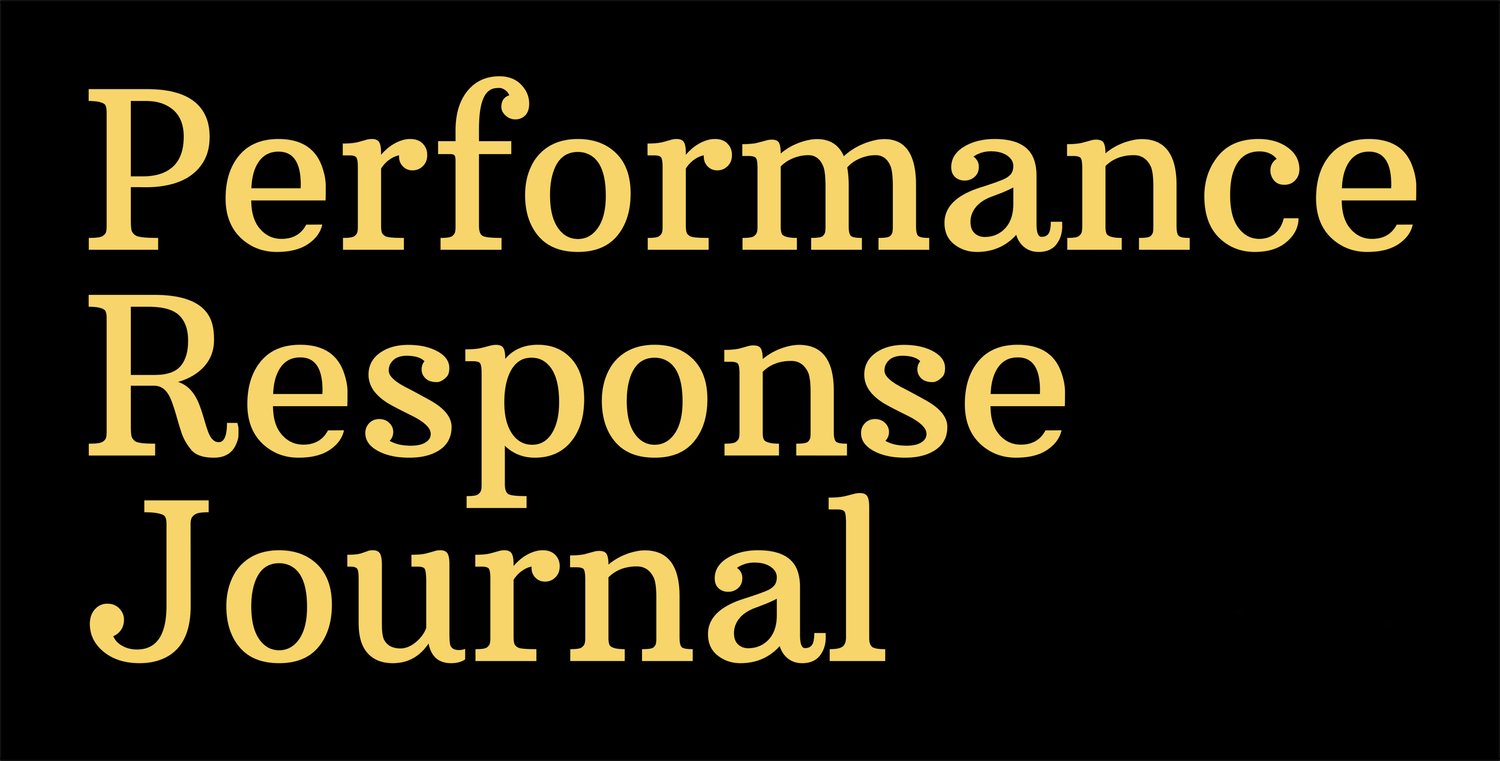30 Questions Evoked by The Monomyth: a response by Alexander James Yukio Hayashi
A response to The Monomyth
Created and performed by Michelle Boulé
Friday, Apr 5, 7:00pm at Links Hall*
image: courtesy of the artist
********************
The following are 30 questions evoked by The Monomyth:
Are the extremes of emotion, joy, fear, disgust, etc., closer to each other than mild emotions?
How has slowness been devalued in society?
How do the expectations of speed disconnect us from the subtleties of perception?
What is the line between music and noise, should there be one?
How are gestures involving the hands and fingers perceived differently than other movements of the body?
How do we form emotional ties to entire genres of music and the cultures surrounding them?
How can the body be made hyperbolic?
How do the physical signs of effort, sweat, heavy breath, uncover the labor of dance?
What is the power of stillness when movement is expected?
How do people physically bare the weight of society’s bodily expectations?
How does language function when it doesn’t take on a familiar structure?
Does the experience of witnessing the suffering of another within the context of art increase our empathy towards people in our daily lives?
How can one add to the form of their body through movement?
How can one subtract from the form of their body through movement?
What is the effect of intimacy in a performance?
How does discomfort grow to become empathy?
How does pattern recognition drive an idea of narrative within performed art?
What are the effects of hearing the sounds of nature replayed in a removed context?
Is humanity ever fully removed from nature?
How has human culture portrayed its own inventions as natural?
What are the outcomes of this “portrayed nature”?
How does the cultural context of a movement affect our perception of the value or beauty of that movement?
How are tragedy and comedy intertwined?
In what ways can we investigate the commonly found objects in society for their larger meaning and implication?
How can commonly told narratives be re-imagined to alter the norms they produce?
How can dancing build community and celebrate a diversity of identities?
How can the audience shape a performance?
How does the recontextualization of movement from one culture to another change its meaning?
What constitutes a movement as spiritual?
How can any movement become therapeutic?
********************
Alexander James Yukio Hayashi is a Japanese American dancer whose movements stem from a foundation in Breaking and Hip-Hop culture. His practice is one of balance, traveling back and forth between tradition and experimentation. With a deep focus on improvisation, Alexander explores how the values of his foundation can expand outside of their original context to add to the breadth and depth of contemporary dance making. Working across contexts, from the cypher to the theater, his earnest investigation of the personal, collective, and political implications of motion serves as a driving force in his creative process.
(*) PRJ is partnering with Links Hall to celebrate their 40th anniversary by providing a platform for artist-to-artist responses to the work that is presented as part of the Pay-the-40th-Forward season. Thank you, Links Hall, for all that you do for the dance and performance communities in Chicago. Congratulations on 40 years!


